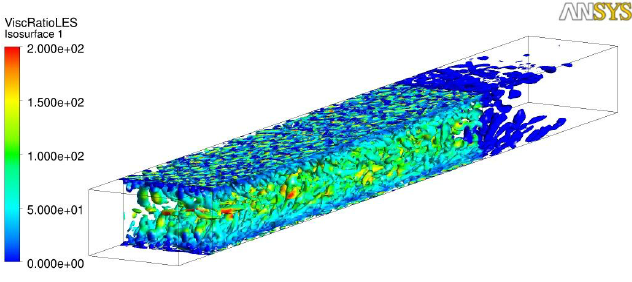
The improved derivation of the solar-wind driver function for the turbulence effect fails to yield higher correlation coefficients between measurements of the solar-wind driver and measurements of the response of the Earth's magnetosphere. For the freestream turbulence effect in solar-wind magnetosphere coupling, the eddy-viscous force of the solar wind on the Earth's magnetosphere is rederived accounting for the action of turbulent eddies smaller than the correlation length, along with other corrections. Thus, our concept of MHD eddy viscosity fails testing. The oncoming flow is assumed to be uniform with constant values of the turbulence kinetic energy (k) and its dissipation ( ) decided by the assumption that the turbulence level is 0.1 and the eddy viscosity level is ten times the laminar viscosity of the fluid. This ratio is of the order of 100 or larger in fully turbulent flow and it goes to zero when a wall is approached. The SA model is a 1-equation model for a turbulence field variable that is directly related to the turbulent eddy viscosity.

= 100-h age of the solar-wind plasma at 1 AU, it is found that the slip zones are much narrower than eddy-viscosity theory says they should be.


 0 kommentar(er)
0 kommentar(er)
